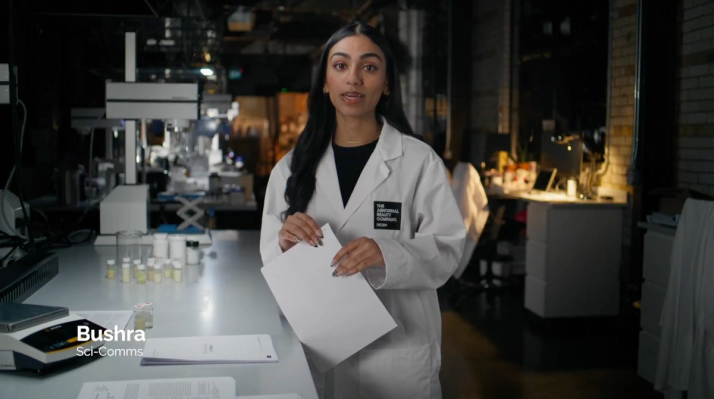“Not tested on animals” is already an industry standard

[3 MIN READ]
A State-of-the-Art Review on the Alternatives to Animal Testing for the Safety Assessment of Cosmetics
Silva, R. J., & Tamburic, S. (2022). A State-of-the-Art Review on the Alternatives to Animal Testing for the Safety Assessment of Cosmetics. Cosmetics, 9(5), 90.Despite substantial contributions, public perception of the cosmetics industry's role in promoting alternatives to animal testing remains limited. Surveys show that many consumers are unaware of animal testing bans, and the progress made in alternative testing methods. Ironically, those who mistakenly believe animal testing is still allowed in Europe are often more likely to consider themselves well-informed on the subject. While consumers prioritize "cruelty-free" labels on cosmetic products, there's a lack of understanding regarding the science and the beauty industry's commitment to developing and implementing new methods.
Before 2013, the beauty industry faced scrutiny for its use of animals in research; at the time, it represented a small fraction of total animal testing (0.05%). The European Union (EU) then banned the sale of animal-tested cosmetics in 2013–driven by consumer pressure and ethical concerns–pushing the cosmetics industry to become a leader in developing and implementing alternative testing methods, called New Approach Methods (NAMs).
The transition away from animal testing was already in motion, with scientists like William Russell and Rex Burch advocating for the "3Rs" principle-replacement, reduction, and refinement–of animal use in research as early as 1959. This principle gained traction alongside growing public awareness of animal welfare, spearheaded by activists like Henry Spira. Spira's campaigns against practices like the Draize eye irritation test on rabbits pressured major cosmetic companies to invest in research for alternative testing methods.
Beyond ethical reasons, the scientific community recognized the limitations of using animal models to predict human responses to chemicals. Species differences in physiology and biology meant that animal data wasn't always reliable for assessing human safety. For example, the infamous Draize test, while conducted on rabbits, often failed to accurately predict how a substance would affect human eyes. Additionally, the development of NAMs brought economic benefits, as they proved to be more efficient and cost-effective than traditional animal testing.
Today, the cosmetics industry continues to be a major driver in the development and adoption of NAMs. This includes funding research, collaborating with organizations like the European Union Reference Laboratory for alternatives to animal testing (EURL ECVAM) and the Organisation for Economic Co-operation and Development (OECD), and contributing to the validation of new methods. These efforts have led to significant progress in replacing animal testing for various toxicological endpoints. For instance, the industry's early work resulted in the creation of the first reconstructed human epidermis model in 1979, a groundbreaking achievement that was later validated for use in skin corrosion testing.
This highlights the crucial need for increased communication and transparency from the cosmetics industry to educate consumers about its efforts in ending animal testing. By informing the public about the scientific advancements and the role the industry has played in driving those advancements, greater support for NAMs can be achieved, hopefully leading to wider adoption across other industries.
For further information read the full paper.
Deciem's parent company, The Estee Lauder Companies, is a member of the Personal Care Products Council ("PCPC"), the rightsholder of this article. Neither the publishers, the journal, PCPC, nor the author(s) endorse Deciem, The Ordinary or its brands and products.